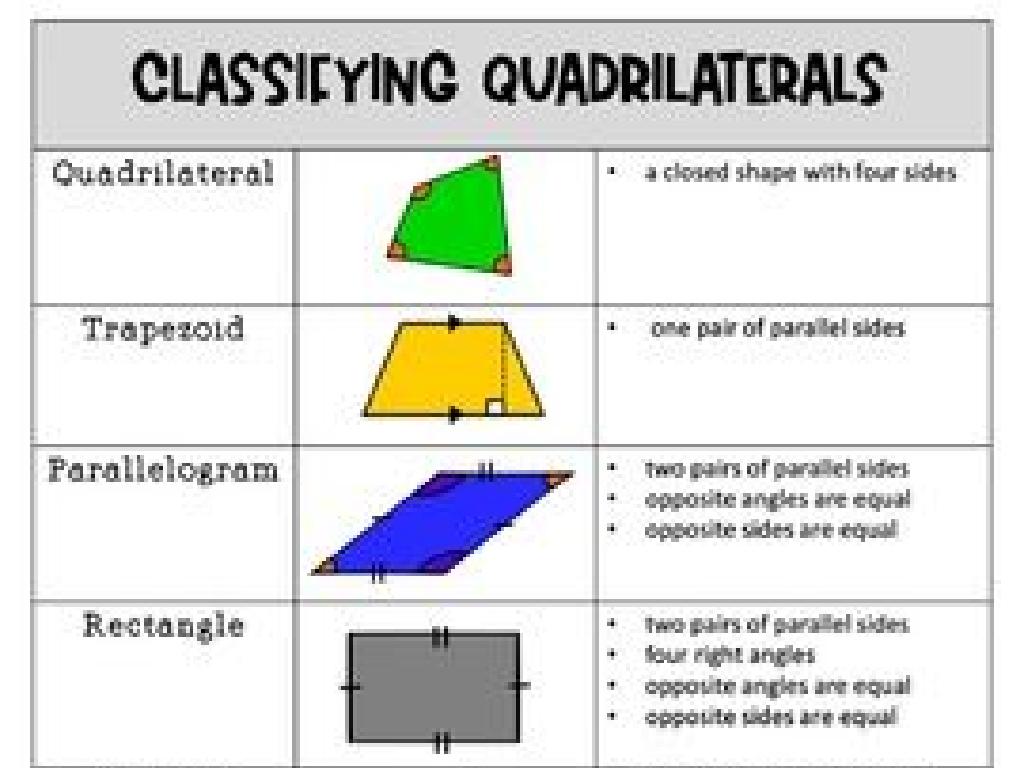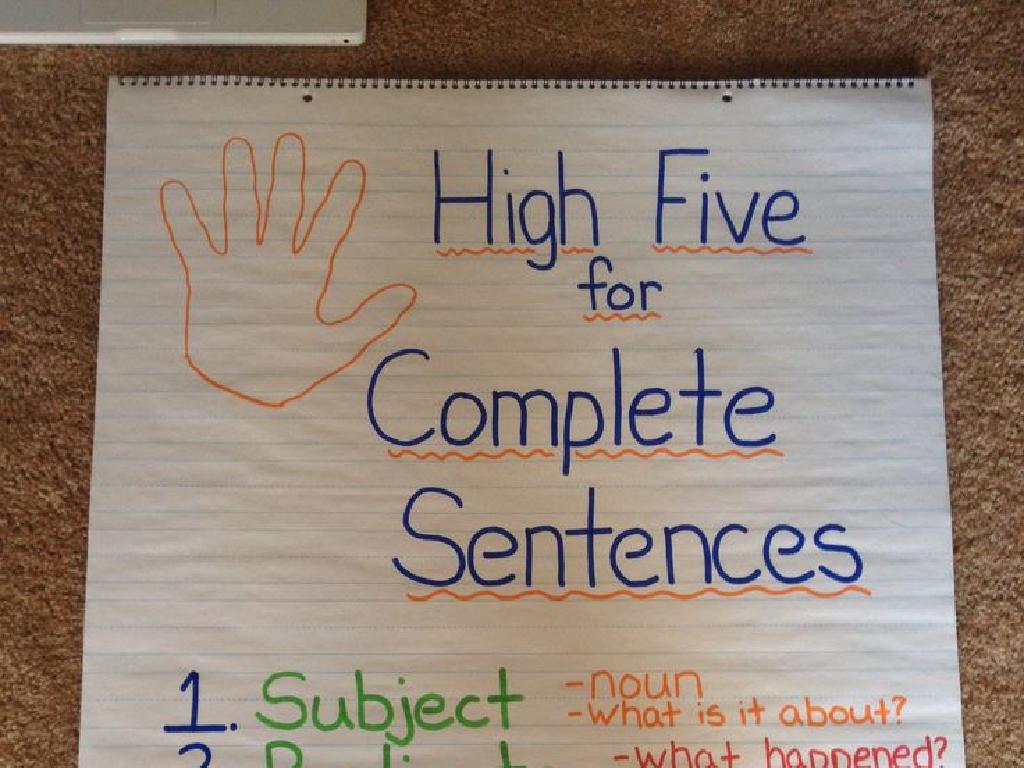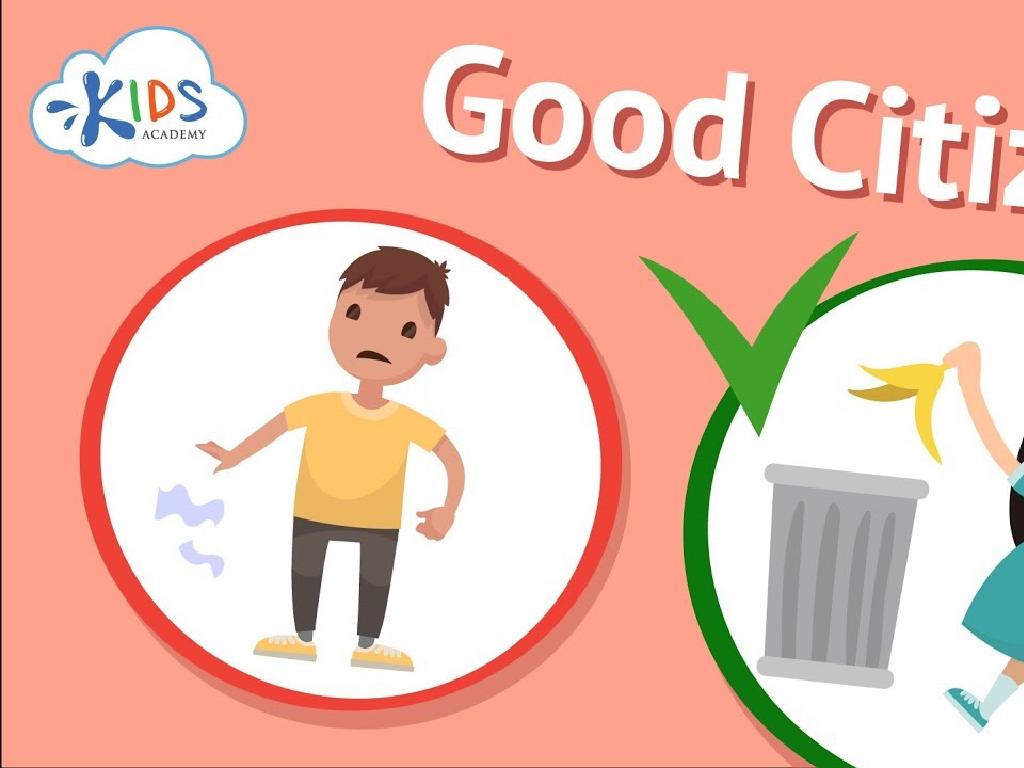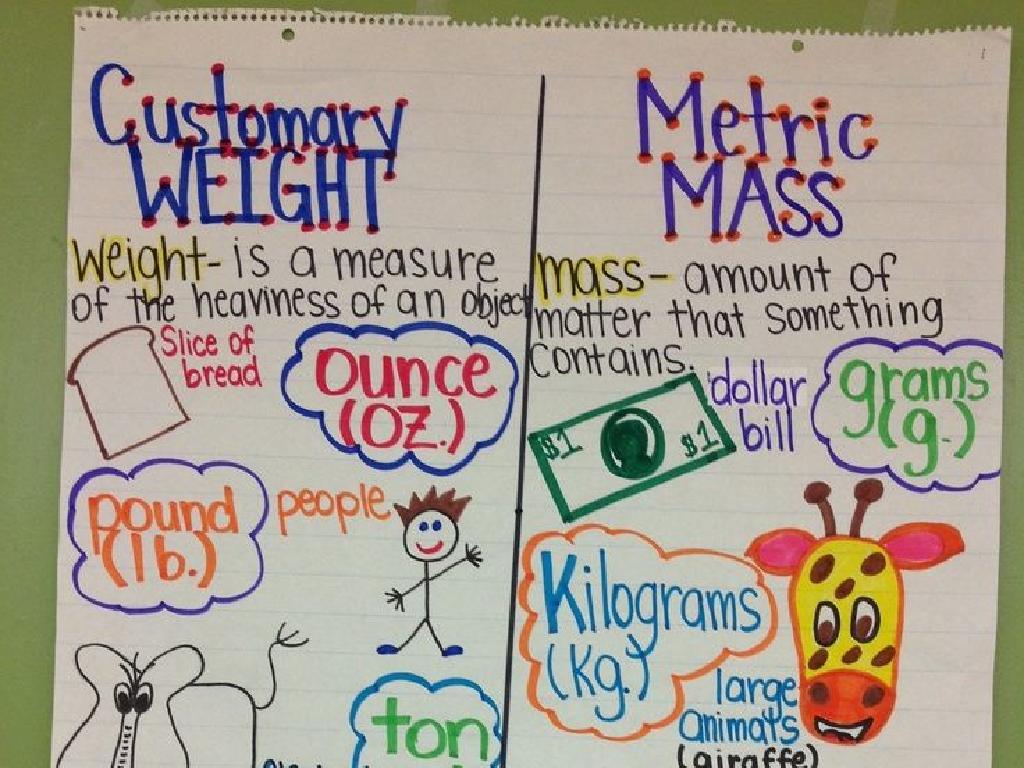Identify Relative Pronouns
Subject: Language arts
Grade: Sixth grade
Topic: Pronoun Types
Please LOG IN to download the presentation. Access is available to registered users only.
View More Content
Identifying Relative Pronouns
– Recap: What are pronouns?
– Pronouns replace nouns
– They prevent repetition, making sentences clearer
– Introduce relative pronouns
– Words like ‘who’, ‘whom’, ‘that’, ‘which’, ‘whose’
– Role of relative pronouns in sentences
– They connect clauses and provide more information about a noun
|
Begin the lesson by recapping the general concept of pronouns and their function to replace nouns, which helps avoid repetition and makes sentences clearer and more concise. Then, introduce the concept of relative pronouns, which include words like ‘who’, ‘whom’, ‘that’, ‘which’, and ‘whose’. Explain that relative pronouns serve a special role in sentences; they are used to connect clauses and provide additional information about a noun without starting a new sentence. This can make writing more fluid and detailed. Provide examples and encourage students to create sentences using relative pronouns to solidify their understanding.
Exploring Relative Pronouns
– Define relative pronouns
– Words that link clauses to a subject or object, e.g., ‘The cyclist who won the race trained hard.’
– Examples: who, whom, whose, which, that
– ‘Who’ for people, ‘which’ for things, ‘that’ for either, ‘whose’ for possession
– Connect clauses with pronouns
– They join sentences to give more details, like ‘The cake, which was chocolate, tasted delicious.’
– Pronouns clarify the subject
– They specify the exact person or thing we are talking about, making our sentences clear
|
This slide introduces the concept of relative pronouns, which are crucial for creating complex, informative sentences. Start by defining relative pronouns as words that connect clauses to a subject or object, providing additional information. Provide clear examples for each pronoun to illustrate their use: ‘who’ for people, ‘whom’ for the object of a verb, ‘whose’ for showing possession, ‘which’ for things, and ‘that’ for people or things in essential clauses. Explain how these pronouns help to combine sentences and make our communication more detailed and precise. Encourage students to create their own sentences using relative pronouns to solidify their understanding.
Relative Pronouns in Action
– Combining sentences with relative pronouns
– They connect clauses to make a complex sentence, e.g., ‘The cake, which was delicious, is gone.’
– Identifying relative pronouns in examples
– Find the words that relate to a noun and start a clause, like ‘who’, ‘which’, ‘that’.
– Understanding the use of relative pronouns
– They replace names/nouns to avoid repetition and provide more info about them.
– Analyzing the function in sentences
– Discuss how they introduce additional details about a noun without starting a new sentence.
|
This slide aims to help students grasp the concept of relative pronouns and their role in sentence structure. Start by showing how relative pronouns can combine two sentences into one, making the text flow better. Provide clear examples and have students identify the relative pronouns used. Explain that using relative pronouns like ‘who’, ‘which’, and ‘that’ helps to avoid repetition and makes sentences more informative and concise. Engage the class in discussing the function of relative pronouns in provided sentences, emphasizing how they link additional information to a specific noun. Encourage students to create their own sentences using relative pronouns to solidify their understanding.
Your Turn: Spot the Relative Pronoun
– Read the given sentences
– Circle the relative pronouns
– Relative pronouns include words like ‘who’, ‘whom’, ‘whose’, ‘which’, and ‘that’.
– Discuss findings with a partner
– Share insights with the class
|
This slide is designed as an interactive class activity to help students identify relative pronouns in context. Provide students with a worksheet containing several sentences. Instruct them to read each sentence carefully and circle the relative pronouns they find. Relative pronouns are words that connect clauses or phrases to a noun or pronoun, such as ‘who’, ‘whom’, ‘whose’, ‘which’, and ‘that’. After circling the pronouns, students should pair up to discuss their findings, comparing answers and reasoning. This peer interaction reinforces learning and allows for collaborative problem-solving. Conclude the activity by having a few pairs share their insights with the entire class, fostering a group discussion on the usage of relative pronouns. For the teacher: Prepare diverse sentences that include clear examples of relative pronouns. Consider having additional sentences ready for students who finish early or as a challenge for advanced learners.
Relative Pronouns in Complex Sentences
– Relative pronouns start dependent clauses
– Words like ‘who’, ‘whom’, ‘that’, ‘which’, ‘whose’ introduce clauses that give more information about a noun.
– Examples with relative pronouns
– ‘The student who studies hard gets good grades.’ ‘The cake, which was delicious, vanished quickly.’
– Group activity: crafting sentences
– Work together to write sentences using ‘who’, ‘whom’, ‘that’, ‘which’, ‘whose’.
– Understanding sentence structure
|
This slide introduces the concept of relative pronouns and how they are used to create complex sentences by introducing dependent clauses. Start by explaining that relative pronouns connect clauses to a noun or a pronoun, providing additional details. Provide clear examples of complex sentences that include relative pronouns to illustrate their function. For the group activity, encourage students to think creatively and come up with their own sentences using different relative pronouns. This will help them understand how relative pronouns can add complexity and detail to their writing. The teacher should facilitate the activity by providing guidance and ensuring each student participates and understands the concept.
Class Activity: Pronoun Hunt
– Find relative pronouns in a book/article
– Write the sentence with the pronoun underlined
– Be ready to explain the pronoun’s role
– Relative pronouns link clauses to nouns/pronouns
– Share how it connects ideas
– They show the relationship between clauses
|
This activity is designed to help students identify and understand the use of relative pronouns in context. By searching for relative pronouns in texts they are already familiar with, students will learn how these pronouns function to connect clauses and provide additional information about a noun or pronoun. Encourage students to look for ‘who,’ ‘whom,’ ‘whose,’ ‘which,’ and ‘that.’ Prepare to guide them through the sentences they choose, discussing how the relative pronoun relates to the rest of the sentence. Have a few examples ready for students who may struggle to find their own. Possible activities could include students working in pairs to find sentences, creating a classroom bulletin board with their findings, or even writing their own sentences using relative pronouns.
Review and Practice: Relative Pronouns
– Take a quick quiz on relative pronouns
– Pair up for a peer quiz session
– Work with a classmate to test each other
– Create your own sentences
– Use relative pronouns like ‘who’, ‘whom’, ‘whose’, ‘which’, ‘that’
– Discuss any tricky examples
– Share sentences that were difficult and learn together
|
This slide is aimed at reinforcing the students’ understanding of relative pronouns through interactive activities. Begin with a quick quiz to assess their current grasp of the topic. Then, have the students pair up and challenge each other by creating and exchanging sentences that include relative pronouns. This peer-to-peer activity encourages collaborative learning and helps students to think creatively. Encourage them to discuss any sentences that were particularly challenging and clarify any confusion as a class. This will help to ensure that all students are on the same page and understand the use of relative pronouns in various contexts. Provide guidance and support throughout the activities.
Wrapping Up: Relative Pronouns
– Recap on relative pronouns
– Relative pronouns link clauses to nouns
– Homework: craft a short story
– Use who, whom, whose, which, that
– Include 5 different relative pronouns
– Show how they function in sentences
– Next class: Interrogative pronouns!
|
As we conclude today’s lesson, remind the students of the function of relative pronouns in sentences – they provide more information about the noun and connect it to a descriptive clause. For homework, students should write a creative short story that includes at least five different relative pronouns, ensuring they understand their usage in context. This will prepare them for the next lesson on interrogative pronouns, where they will learn how to form questions. Encourage creativity and the use of diverse relative pronouns to enhance their understanding. In the next class, be ready to discuss their stories and introduce the new topic with examples.






